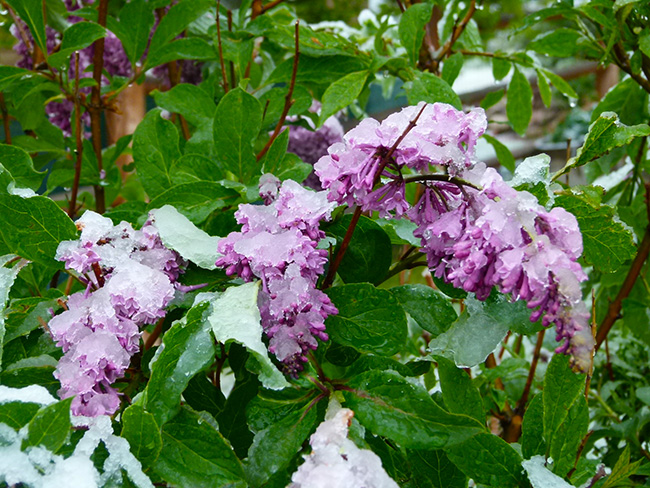"Flowers are beacons of sunshine, when somber skies blanket our world." - Dodinsky
Oh, where for art thou, happy sun? And, willst thou ever return?
At first, I was excited to hear no rain in the forecast.
Until they mentioned snow.
I peer out the window, a bit dejected. It's a dark and soggy, Irish gloom, kind of Sunday morning.
During my dating years ~ college years ~ my optimistic ~ who care if it's raining? ~ boyfriend used to always say:
There is no bad weather!
Just bad gear!
And, while I can't remember, for sure, what happened... That's probably why I broke up with him. :)
There was a brief moment of sunshine, between the drizzle.
I hopped off the horse and snapped pictures like crazy.
We don't need no freakin' optimists. Not during this everlasting monsoon.
In spite of the weather, we kept to our promise of a wildflower excursion every Thursday.
Tossed two unwilling horses into the brand, spanking, new horse trailer and drove off to our designated trail.
Which was closed.
Due to snow.
And, that right there, is a fine example of how hard it is to maintain a sunny disposition during so many rainy, messy days.
Not to worry, at a lower elevation, we did find a suitable trail.
After a heated debate with horse, Sable...
"Hell, no, I'm not walking over that bridge! I weigh more than you! I don't think it can hold me!"
...We embarked on our first wildflower jaunt of the season.
It was cold, and wet, though easy to ignore.. because I was photographing Wild Snapdragons!
Which later turned out to be Golden Banner.
That's another reason why I'm so very excited about this summer of wildflower trips. I know nothing about wildflowers! (Thanks Google, for correcting me.)
And, I'm very anxious to learn.But, I do know... that if you're hiking, you rarely see the extent of the glorious blooms Mother Nature has to offer.
I suppose that's because of foot traffic and how irresistible these wildflowers can be. Many picked by hikers ~ which limits their ability to reseed. (And, it's also illegal, so don't do that.)
On our horses, we pick our way through the woods, creating our own path. A path dotted with plentiful yellow flowers on this grey and rainy day.
I also found some False Sunflowers. Which turned out to be Mule's Ears. (Again, thanks Google.)
Farther up the mountain, the babbling brook, which had turned into a rushing river, overflowed it's banks, completely. Horse, Sable, finally got her wish ~ to turn around and head for home.
It got me thinking about wildflowers.
How hard they are to grow in our gardens. Perhaps it's because we're too kind to them?
First, they freeze.
Then, they drown.
Then they're parched.
And, often, trampled.
But, they just say:
Oh, that's okay. I'll see ya next year.
Here's hoping the sun is shining, wherever you may be.~ kate
PS: HAPPY MOTHER'S DAY!



























.jpg)






























